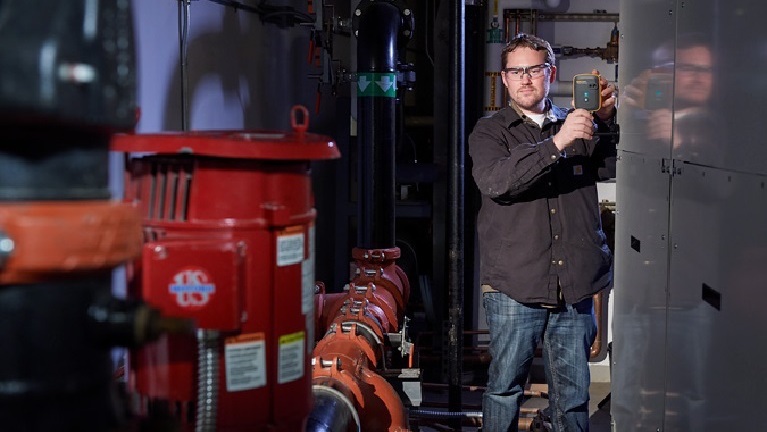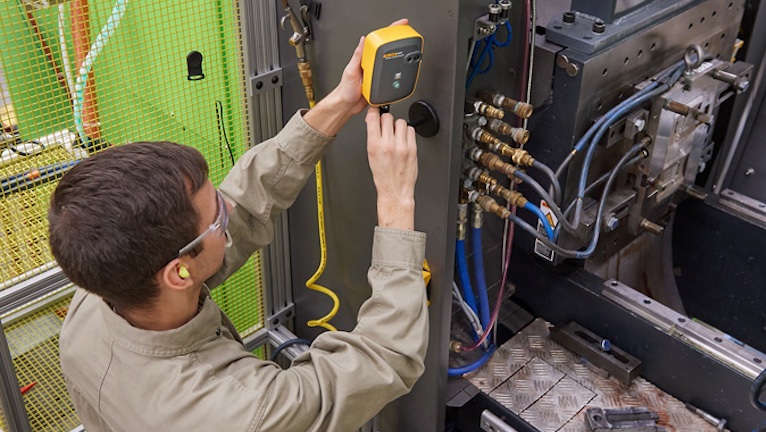Q&A on early learnings from the pandemic
Gulati: A new environment and new realities is a significant change. Change is difficult. We have to get used to new ways of doing things and learn new habits. It is not going to be easy. Think about what happened after 9/11. Initially, traveling was chaos and took much longer, but after a while, we got used to the changes and made a lot of improvements. I believe if we do it right, we will come out stronger and safer.
How do you see reliability as an extensive practice inside the plant, especially for big process operations under COVID-19, including daily activities and major projects?
Gulati: To me, reliability is much more important today in this challenging time than before. In layman’s terms, reliability ensures that we are working on the right task, with the appropriate safety measures –PPE, with the right tools, working with the right skilled people, having the proper instructions, and documenting what we did accurately. Reliability requires a culture of excellence with everyone working together as a team to accomplish the organization’s objective safely and effectively.
How does working from home for a long time (around two months away) affect safety and efficiency?
Gulati: It will affect productivity. It will be lower initially, but it will bounce back once we start learning new ways of doing things. However, regarding safety, we can’t take any chances; we have to be much more vigilant and careful.
What would be your suggestion on how to approach management when guidelines are not followed?
Gulati: What is new? We, in the maintenance and reliability field, have to deal with this all the time. Try to do your best to bring what would happen if we do not follow the safety rules. We have to take care of our people as well as our assets.
PPE is not possible to wear all day in the summer. What alternative do you suggest?
Gulati: Great question. We have to think and remind ourselves about medical staff on the front line today. How have they been doing? Think about people working in a steel mill. Some have to work in blast furnaces area and have to work with hot metal. They have to wear appropriate PPE – including a heavy leather apron, hot mask/shield, hard hats, etc. in hot summer climate to stay safe. They work for a while, take a break, and then go back and forth. Yes, we need to come up with a workable solution for our area of work, and I’m sure we will. Get people involved in developing the solution. Do not impose the solution on them.
What level of PPE is required in higher occupancy places?
Gulati: This will depend on the type of area (industry) and guidelines.
Do you think there will be a change in the thought process for new product development or maintenance?
Gulati: Yes, now the safety of people includes health too. In the past, safety meant avoiding injuries, but now it means keeping them healthy.
What are the recommendations for those who have to travel?
Gulati: Plan ahead. Always think of safety. Obey the rules and guidelines.
How will maintenance documentation cope in a time like this, considering the daily interface with the fieldwork and working from home will be a bit difficult?
Gulati: It is and will be a challenge to ensure that we – people in the field – do a good job of documenting what they do. Having quality data is especially important. We have to create a culture of excellence that requires a different mindset – a quality at source (one of Dr. Deming’s principles). Generally, our people at the front line do a quality job maintaining the assets, but it is also their responsibility to do proper documentation.
What are your thoughts on how a company should prioritize implementing Industry 4.0 (automation, machine learning, etc.) if they do not have fundamental reliability practices implemented at their facility (precision alignment, lubrication best practices, employees training in maintenance and reliability best practices, etc.)?
Gulati: It is important to understand and implement the basics of maintenance and reliability first before implementing Industry 4.0. If we do not have the fundamentals in place and the right culture, implementing Industry 4.0 practices, including asset management, will be a big challenge. We need to have basics in place and a reliability culture. Read “Maintenance Reliability Best Practices” and “10 Rights of Asset Management” to get more details. A
Is there an optimal percentage of planning time vs. planned duration? For example, if the work order is planned to take 40 hours and I spend 2 hours planning the job, then the planning to working ratio would be 5 percent. Is there a benchmark for this?
Gulati: It depends upon work content. Small jobs may take longer to plan – 15-20 percent – compared to larger jobs, which may take 5-10 percent. On average, I have seen about 12-15 percent as a planning time of total work time. This means 1,000 hours of work orders may take 120-150 hours to plan. However, the planning should save 2-4 times the planning resources.
How can we balance technology with people in the future?
Gulati: We must use technology to our advantage to make us safer and reliable. New technology including robots, drones, smart sensors, etc., should help us do our job more effectively and safer in the future. Read Maintenance and Reliability Best Practices 3rd ed ( to be released in Aug ’20)
Do you have any advice on convincing management to approve new technological tools?
Gulati: Be persistent. Keep educating people, including management.
What is the typical duration required to implement asset management from concept to completion in the cement industry?
Gulati: it depends where you are in your reliability journey that includes knowledge of asset management. It may take you 3-10 years to implement a successful asset management program. However, if you have the right culture in place, it may take you 2-3 years to implement a sound asset management system. Read “10 Rights of Asset Management” that may help you a lot.






